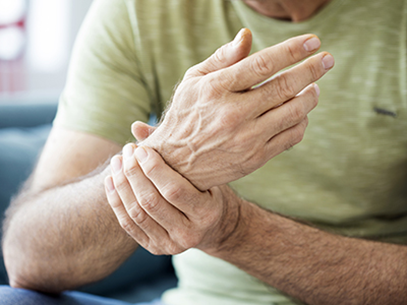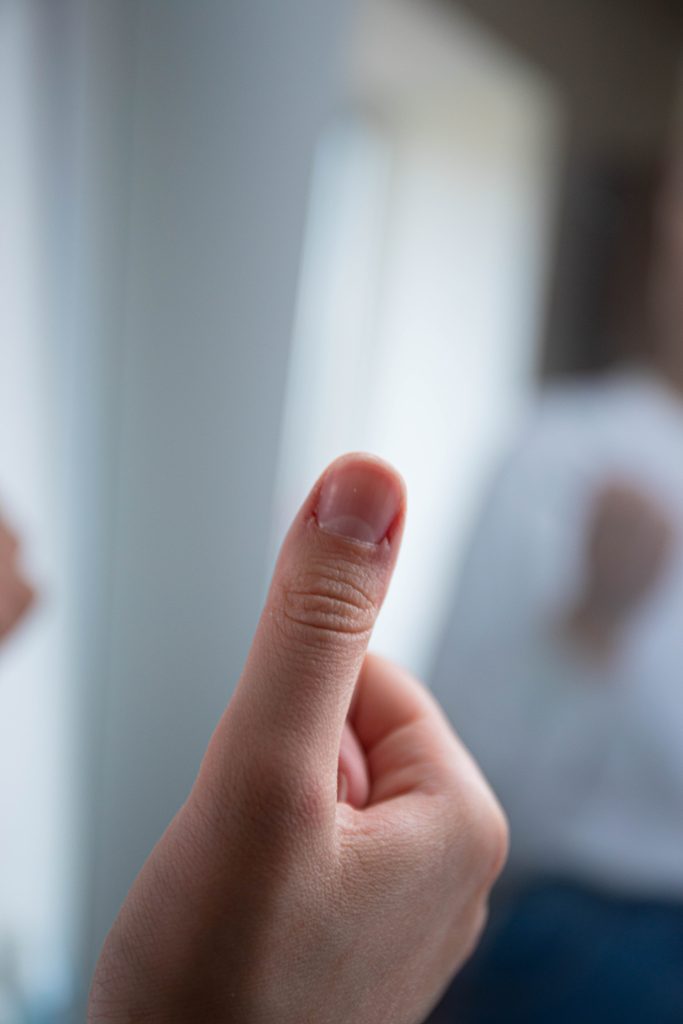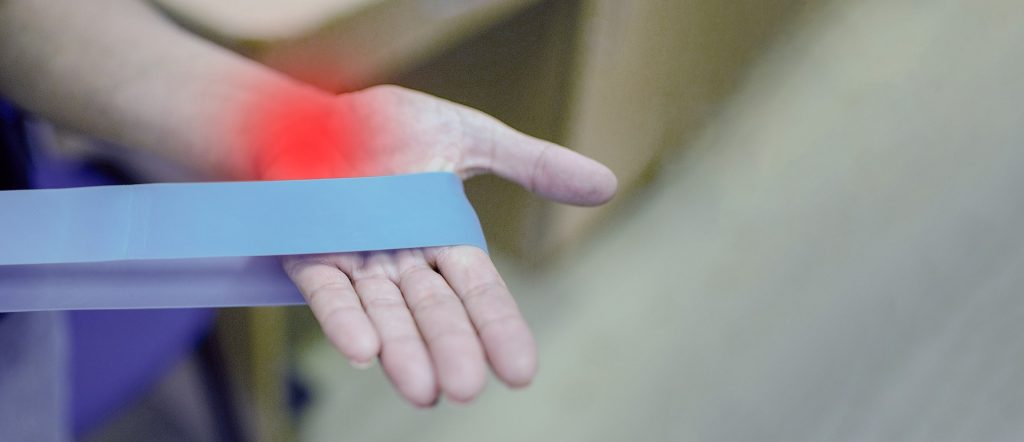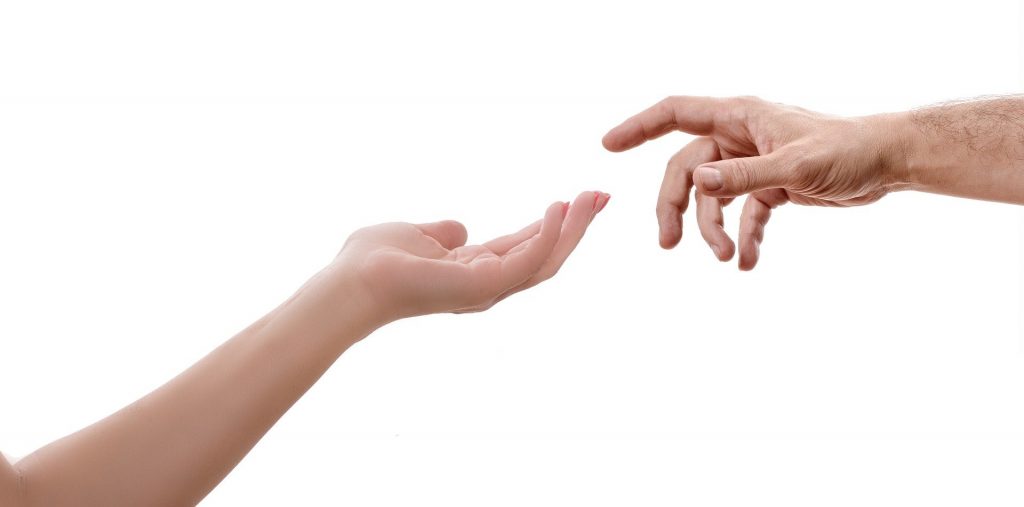
The main symptoms of arthritis include swelling, tenderness, or stiffness in one or more joints. Worsening with age, the most common types are osteoarthritis and rheumatoid arthritis. Osteoarthritis forces cartilage to break down, while rheumatoid arthritis results when the immune system attacks the joints, specifically the lining.
Depending on the type of arthritis you face, treatment varies, but the overall goal is to minimize symptoms and elevate the quality of life. Following an arthritis diagnosis, patients are advised to learn as much as possible about the disease and entrust their doctor with pain management.
Arthritis patients should always pay attention to their joints and keep them moving through daily stretches, using good posture and knowing when to rest. Physical therapists can advise the correct type of movement for each individual. Generally, activities such as stretching, walking, cycling, or water exercises can help ease arthritis. Avoid running, jumping, tennis, high-impact aerobics, and repetitive movements such as serving a tennis ball.
Lifestyle changes are suggested for many people who suffer from arthritis. The biggest factor is to manage their weight and ensure it is within a healthy range. Smoking is also a huge factor for those who have arthritis, as it can cause extreme stress on connective tissues.
Medications are available for those who experience arthritis pain. Some examples include pain relievers like acetaminophen (Tylenol), ibuprofen (Advil, Motrin IB), or naproxen sodium (Aleve), which can all help relieve occasional pain after unexpected movements. Creams containing capsaicin are also highly recommended for people living with arthritis.
Arthritis pain can undoubtedly affect someone’s mood, making them feel discouraged and constantly in pain. Specific therapies are available to help treat both physical and mental symptoms. Some of which include:
- Acupuncture
- Hot and cold treatments
- Massage
- Cognitive behavior therapy
- Relaxation Therapy
If you are struggling with the symptoms of arthritis, contact Michigan Hand and Wrist for treatment.
Michigan Hand & Wrist was founded in 2001 with the mission to provide the highest-quality care for patients seeking surgical or non-surgical hand or upper extremity relief. Our goal is to exhaust all non-operative measures before discussing or moving on to surgical interventions. We offer on-site physical therapy from therapists committed to improving your quality of life. Our individualized treatments are modern, progressive, and exceptional. Call us at 248-596-0412 for further questions.
Written by the digital marketing team at Creative Programs & Systems: https://www.cpsmi.com/






